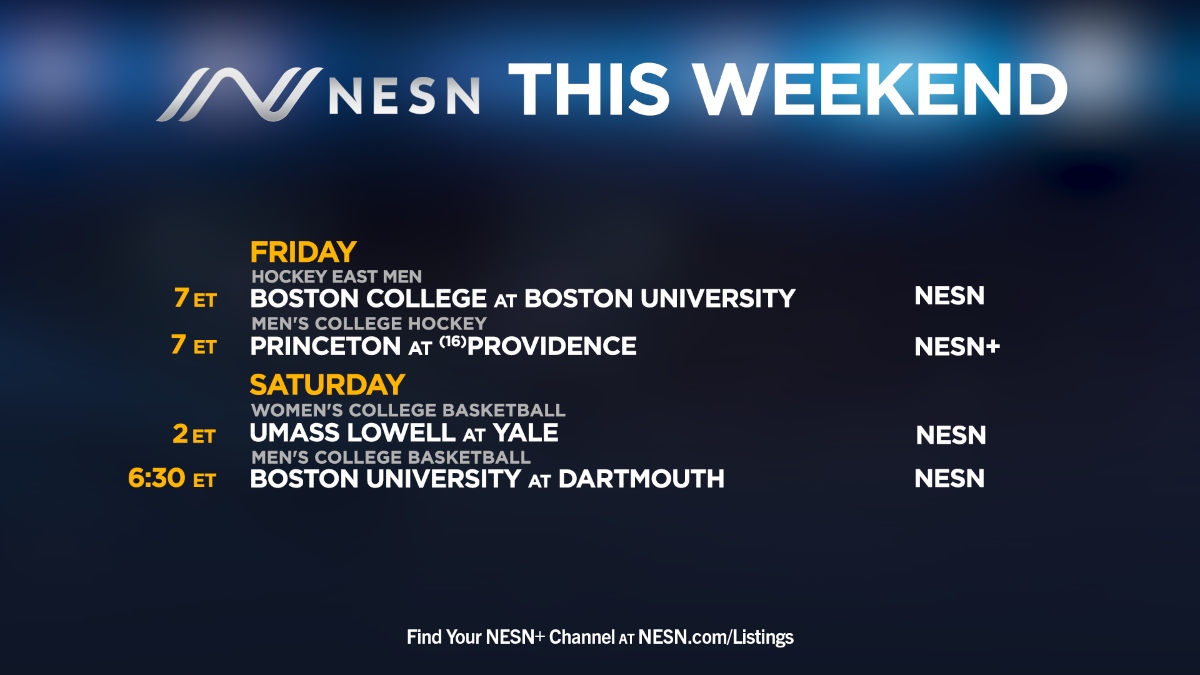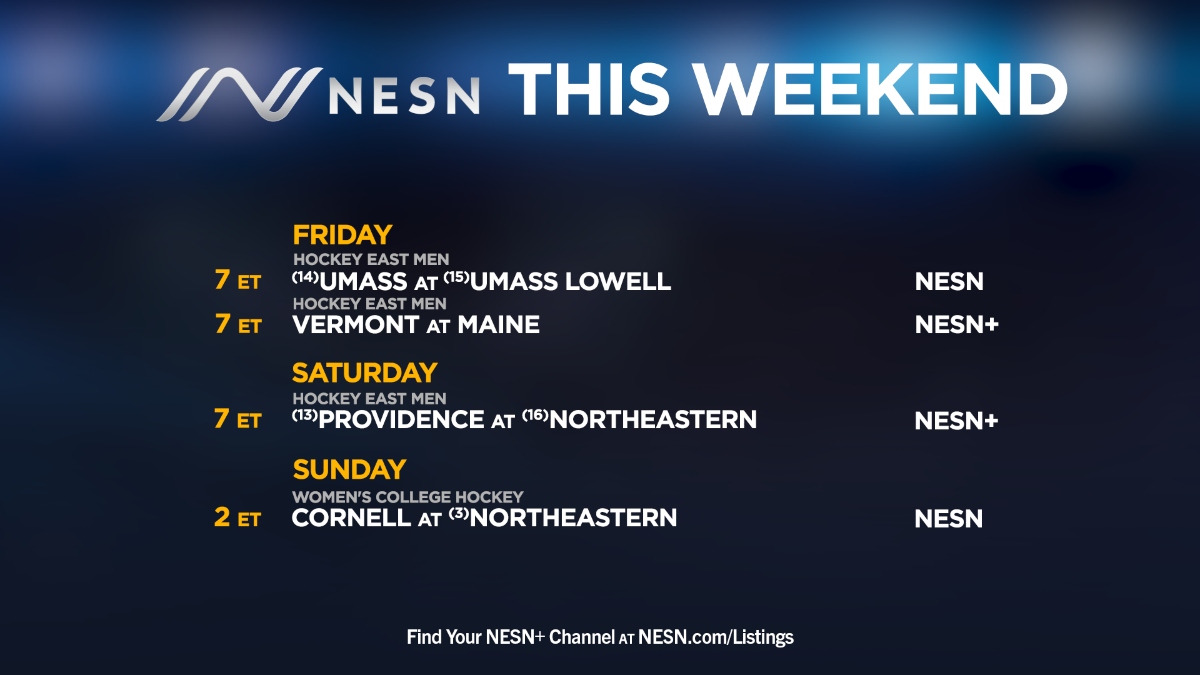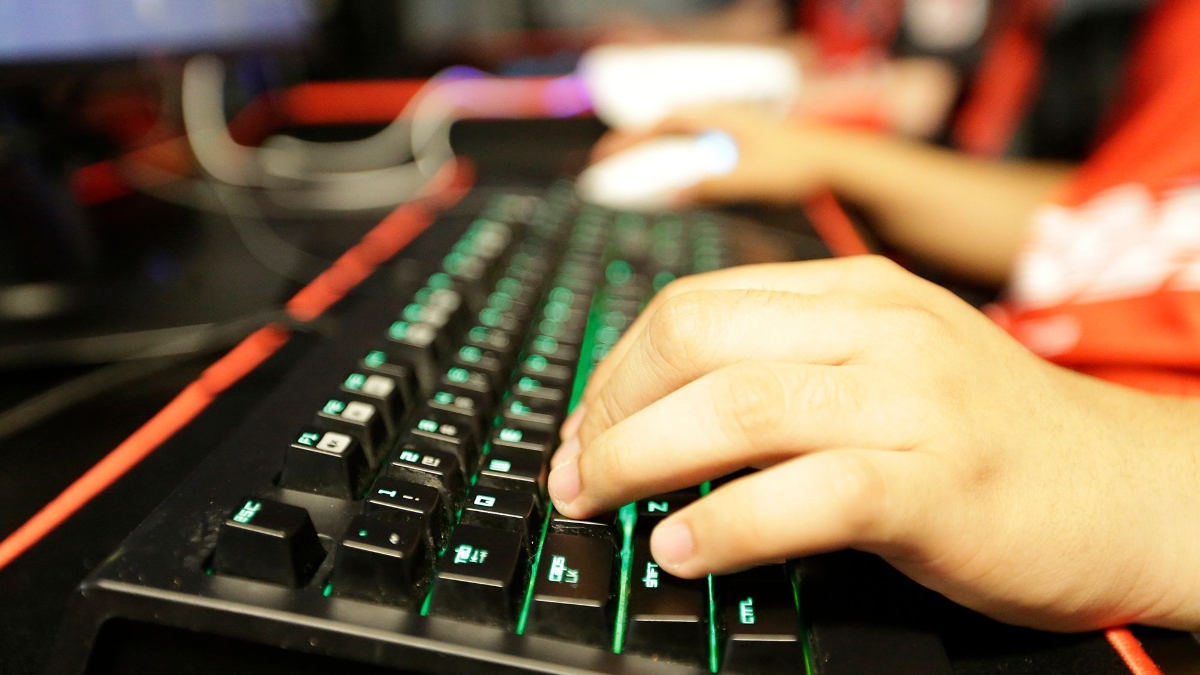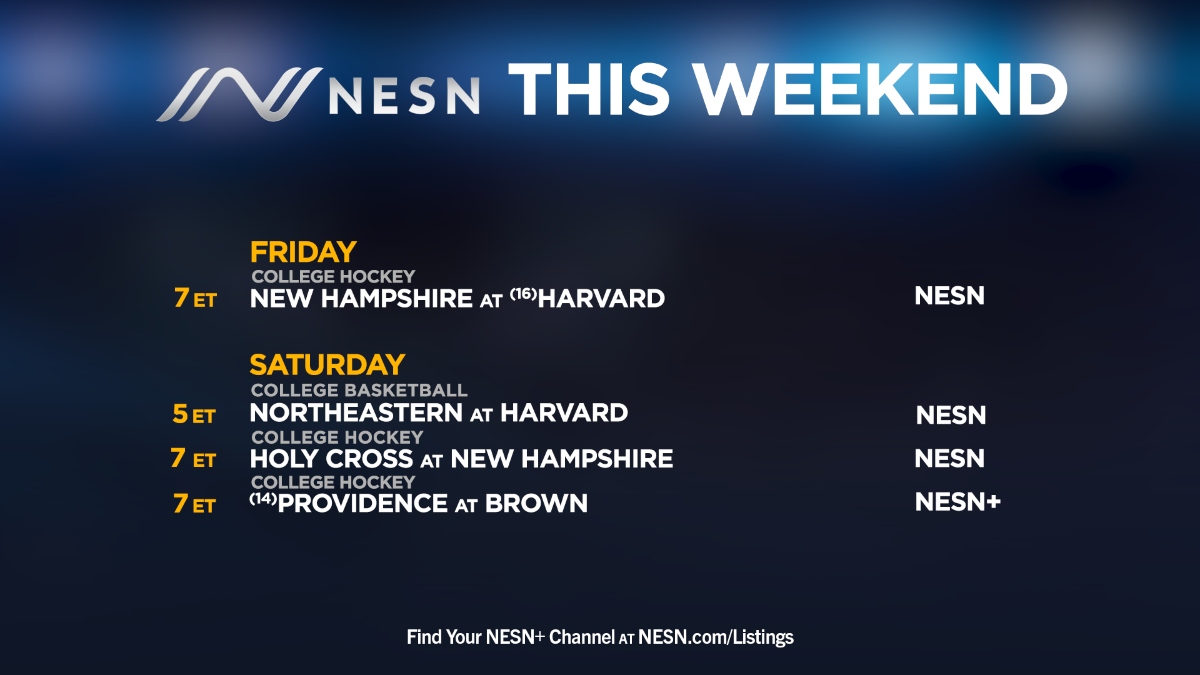Editor’s note: Ben Carsley contributed this story to NESN.com.
The 2012 MLB draft is almost here, and this year’s edition figures to be like none other in history. With Major League Baseball’s new collective bargaining agreement in effect, the drafting process has seen some significant changes.
Each team now has an allotted spending cap depending on the number and placement of its picks, and harsh punishments have been put in place for teams that dole out more cash than MLB would like. Rules regarding free agency compensation and the draftees’ signing deadline have changed as well. It will all likely cause many organizations to take new strategies this year.
The draft’s new rules, plus a crop of players that lacks a clear best overall talent, means this year’s selections are still up in the air. The Houston Astros are first on the clock at 7 p.m. Monday. Here’s one look at the first and supplemental first rounds of the 2012 draft.
1. Houston Astros — Byron Buxton, CF, Appling County HS (GA)
The Astros are playing this pick close to the vest, but most believe it will be either Buxton, who has the highest ceiling of any player in the draft, or Stanford ace Mark Appel. With new general manager Jeff Luhnow running the show, expect a long-term approach and a gamble on Buxton, who won’t be ready for several years but compares to a faster, better defensive version of Andrew McCutchen.
2. Minnesota Twins — Mark Appel, RHP, Stanford
The Twins have a long history of drafting college players, and here they get the best arm the NCAA has to offer in Appel. Some scouts see Appel as more of a strong No. 2 than a true ace, but he’s viewed as a safe pick and should be MLB-ready within two seasons. The Twins could take Florida catcher Mike Zunino with an eye toward moving Joe Mauer off the position, or they could shock the world with high-upside shortstop Carlos Correa.
3. Seattle Mariners — Carlos Correa, SS, Puerto Rico Baseball Academy
Correa may have the best blend of upside and probability in the draft, and some scouts think he should go No. 1. After eschewing offense in favor of Danny Hultzen last year, look for the pitching-rich Mariners to grab Correa. He’s similar to Orioles prospect Manny Machado but with less power and better defense. Zunino is a possibility here as well, and Alberto Almora is a dark horse.
4. Baltimore Orioles — Kevin Gausman, RHP, LSU
The Orioles are big wild cards here. Consensus has them taking LSU ace Gausman, who some prefer to Appel, but they could go with offense instead. This is probably the floor for Buxton or Appel should either fall, and Correa would be a solid pick here, too. The Orioles arent in on Zunino but may prefer Kyle Zimmer. Pairing Gausman with Dylan Bundy would give the O’s one of the minors’ best one-two pitching combos.
5. Kansas City Royals — Mike Zunino, C, Florida
Many believe the Royals want a college pitcher, which would make Zimmer the obvious choice. But the Royals have proven they’re intent on taking the best player available in recent years, and on this board, that’s Zunino. The best college position player in the draft, Zunino could be MLB-ready by the end of 2014 and profiles as an above average offensive and defensive backstop. If Gausman is still available, he might get picked.
6. Chicago Cubs — Alberto Almora, CF, Mater Academy (FL)
The Cubs have been heavily linked to Almora, and the only way they don’t take him is if Correa falls here. Almora lacks Buxton’s upside but is a safer pick and should beat the presumptive No. 1 pick to the majors. If Almora is already gone, this could be one of the top college arms: prep lefty Max Fried or outfielder David Dahl. Theo Epstein and Jed Hoyer will take a long-term approach to rebuilding the Cubs.
7. San Diego Padres — Kyle Zimmer, RHP, San Francisco
The Padres have three picks in the Top 50 and the third-highest spending allotment, so expect them to target a signable player here and then gamble later. Zimmer’s stock has fallen a little late in the process thanks to a hamstring injury and decreased velocity, but when he’s healthy, some scouts consider him the best pitcher in the draft. This represents Correa’s floor, and Fried would be a solid pick here, too.
8. Pittsburgh Pirates — Devin Marrero, SS, Arizona State
Perhaps the most likely pick in the first round, much of the industry has soured on Marrero after a so-so junior year, but the Pirates reportedly have not. Marrero’s upside is as a Gold Glove-caliber shortstop who hits enough to bat second, but he doesn’t look as likely to reach that ceiling as he once did. Marrero could slide if the Pirates opt for a quick-to-the-majors arm, or if Zunino somehow makes it this far.
9. Miami Marlins — Courtney Hawkins, RF, Carroll HS (TX)
The Marlins have hit on high-upside prep players in their last two drafts with Christian Yelich and Jose Fernandez and will try to replicate their success here. Miami has been linked to Hawkins for a while, and he could become a five-tool, power-hitting right fielder in the Nelson Cruz mold. This is likely as far as Almora can fall, and Dahl could be the pick should Hawkins come off the board earlier.
10. Colorado Rockies — Max Fried, LHP, Harvard-Westlake HS (CA)
Never afraid to take high-upside prep lefties, the Rockies have to be happy to see Fried here. He is very polished for a pitcher his age. The Rockies can’t sign free agent pitching thanks to Coors Field, so they have to develop or trade for their own. Fried will likely need at least three seasons in the minors but is a potential No. 2 starter. The Rockies are frequently linked to Hawkins as well.
11. Oakland Athletics — Richie Shaffer, 3B/1B, Clemson
Shaffer is arguably the most MLB-ready power hitter in the draft, and the A’s nearly always take college players with their first-round picks. Some scouts worry Shaffer may move to first base, but he has a decent chance of sticking at third and has the ability to hit .280 with 25 homers in his prime. Shaffer is likely to sign for slot money, which may let the A’s gamble when they pick at 34.
12. New York Mets — Lucas Giolito, RHP, Harvard-Westlake HS (CA)
Giolito would be a huge role of the dice for the Mets here — he has the highest upside of any pitcher (and maybe player) in the draft, but a sprained ulnar collateral ligament ended his season in March. He’s also strongly committed to UCLA and is likely headed there unless he gets a giant bonus. The new Mets regime seems intent on taking the best player available, and they could go for signability with Pick 35 in order to save money and offer Giolito nearly as much money with this pick as if he went sixth overall. If the Mets play it safe, look for Dahl or Gavin Cecchini.
13. Chicago White Sox — Michael Wacha, RHP, Texas A&M
The White Sox have the worst farm system in baseball and should aim for a safe, reliable player. Enter Wacha, who lacks the upside of any of the arms listed before him but could be the first starter from the 2012 draft to see the majors. He profiles as a No. 3 innings eater but could be more if he adds a third pitch. Andrew Heaney is an option here as well, as is Marcus Stroman.
14. Cincinnati Reds — Andrew Heaney, LHP, OSU
The Reds would love Wacha and could be dark horse contenders for Lance McCullers Jr., but after going with prep righty Robert Stephenson in the first round last year, look for them to take a safer pick here. That’s Heaney, who’s a classic No. 3/4 lefty in the Joe Saunders mold and who shouldn’t need more than two seasons in the minors. Don’t rule out Dahl if he falls this far, either.
15. Cleveland Indians — Marcus Stroman, RHP, Duke
If the Indians move Stroman to the bullpen, he could be in the majors by September. The smarter play would have them let Stroman start despite his short stature, as he has the pitches to throw in the middle of a big league rotation. Either way, Stroman has value. The Tribe may prefer Chris Stratton, but they don’t have much money and will likely stay away from tough signs.
16. Washington Nationals — Chris Stratton, RHP, Mississippi State
The Nationals are in a similar situation as the Indians in that they don’t have much money to play with. I’d expect them to take whoever is left of the Tier 2 college arms, and in this mock, that’s Stratton. Stratton’s ceiling is as a No. 3 starter, but he should move quickly through the minors, and the Nats need to restock their pitching after the Gio Gonzalez trade.
17. Toronto Blue Jays — David Dahl, CF, Oak Mountain HS (AL)
Many think the Blue Jays will go for a tough sign here since they have three picks in the Top 50 and money to spend. Dahl is unlikely to slip this far, but if he does I’d expect Toronto to jump on the potential five-tool center fielder. Cecchini or Matt Smoral could go here, and Giolito’s a popular name in this slot as well. Dahl may opt for his Auburn scholarship if he slips this far, though.
18. Los Angeles Dodgers — Ty Hensley, RHP, Edmond Santa Fe HS (OK)
With Chris Reed, Zach Lee and Ethan Martin representing the Dodgers’ past three first draft picks, it’s clear they value high upside pitching. Hensley makes sense here for that reason, as the prototypical, hard-throwing prep righty has No. 2 starter potential. He’ll be slow to the majors, but fits the Dodgers’ draft bill. McCullers could go here instead, or the lack of offense in Los Angeles’ system could lead to Stephen Piscotty or Joey Gallo.
19. St. Louis Cardinals — Gavin Cecchini, SS, Barbe HS (LA)
The younger brother of Red Sox third base prospect Garin Cecchini, Gavin is a faster, more athletic version of his brother and has a good shot to stick at shortstop. This is somewhat of a departure from the college-centric approach the redbirds usually take, but the 2012 draft is weak on college bats. Piscotty and Gallo are certainly options here, as is Addison Russell or possibly Stroman or Stratton if one falls. This is St. Louis’ compensation pick for Albert Pujols.
20. San Francisco Giants — Stephen Piscotty, 3B/OF, Stanford
The Giants should be thrilled to land Piscotty, who some feel is the second-best college bat in the draft. Piscotty has an above-average hit tool, and scouts think he may have above-average power, too, once he changes his swing. He may have to move to right field but will get a shot to stick at third. Expect the Giants to go with a college bat or prep arm here, as both fit their M.O.
21. Atlanta Braves — Tanner Rahier, 3B/SS, Palm Desert HS (CA)
Smoral is frequently rumored here, but considering the Braves have the fifth-lowest amount to spend in the draft, he doesn’t make sense. Rahier has a polished bat for a high school player and would likely forgo his San Diego commitment if drafted this high. He’s somewhat like a right-handed Lonnie Chisenhall. The Braves could grab Gallo here, and it wouldn’t be a shock to see them grab a high-probability college arm should one fall.
22. Toronto Blue Jays — Addison Russell, SS, Pace HS (FL)
It wouldn’t be a draft without the Jays rolling the dice on a tough sign, and Russell fits the bill. Scouts had Russell pegged as a third baseman before the powerful righty slimmed down this season, and he now has a non-zero chance of staying at short. Regardless of where Russell plays, he has big-time power. Auburn fans will hate Toronto if they sign both Dahl and Russell away from the SEC school.
23. St. Louis Cardinals — Lance McCullers Jr., RHP, Jesuit HS (FL)
McCullers would be a very difficult sign away from Florida if he falls this far, but the Cardinals can afford to take a gamble on the projectable right-hander given that they pick again at 36. Many believe McCullers has the highest upside of any prep arm save for Giolito, and even if he never develops a third pitch, he’d likely be a dominant reliever. The Cards could go for Pierce Johnson or Brian Johnson here if they opt to go cheap instead.
24. Boston Red Sox — Joey Gallo, 3B/1B, Bishop Gorman HS (NV)
The Red Sox have graduated or traded three power hitters from their system in Will Middlebrooks, Anthony Rizzo and Miles Head since last year’s draft, and they need an infusion of power in their system. Some believe Gallo has the best power in the draft, and while he may move to first, he has an outside shot of sticking at third. Gallo is committed to LSU and isn’t an easy sign, but the Sox have two more early picks and some financial flexibility.
25. Tampa Bay Rays — Stryker Trahan, C/OF, Acadiana HS (LA)
After selecting an absurd 10 of the first 60 picks in the 2011 draft, the Rays are left with just two in the Top 100 and the fourth-smallest budget in 2012. A high-risk, high-reward talent like Trahan would suit them well, as the Rays have a very deep system but one that lacks upside. Trahan is committed to Mississippi, but if the Rays cheat their pick at 88 they could offer Trahan close to $2 million to forgo school.
26. Arizona Diamondbacks — Tyler Naquin, CF/RF, Texas A&M
The D-Backs went heavy on pitching last year, grabbing an impressive haul of Trevor Bauer, Archie Bradley and Andrew Chafin with their early picks. They should focus on offense now, and while Naquin doesn’t have huge upside, he’s a high-probability player who profiles as a better offensive version of Ryan Sweeney. If Arizona wants to stick with pitching, look for Ty Buttrey or Hunter Virant.
27. Milwaukee Brewers — Clint Coulter, C, Union HS (WA)
Most draft pundits view this as one of the few “locks” in the first round, as the Brewers have been heavily linked to Coulter for months. Coulter brings the most power potential of any catcher in this draft and has a better-than-even shot of sticking behind the plate. If for some reason Coulter is gone, look for the Brewers to go with Trahan, if he’s available, or a signable college arm.
28. Milwaukee Brewers — Zach Eflin, RHP, Hagerty HS (FL)
Eflin and Coulter would represent a great haul for the Brewers, as they’d restock a system woefully devoid of talent in the low minors. Eflin is a late riser in terms of draft stock and is mostly projection at this point, but it’s easy to look at his frame and fastball and see an innings-eating No. 2 starter. Buttrey is an option here, as is Virant or a signable outfielder.
29. Texas Rangers — Matt Smoral, LHP, Solon HS (OH)
With three picks in the Top 53 and a decent amount of money to spend, I expect the Rangers to shoot for a tough sign here and take safer players later on. Smoral missed much of 2012 with a stress fracture in his right foot, but he’s arguably the second-most talented southpaw in the draft behind Fried. It’s not hard to see D.J. Davis or Corey Seager here if the Rangers opt for offense, and Giolito will be considered if he falls here, too.
30. New York Yankees — Ty Buttrey, RHP, Providence HS (NC)
Weighing in at 6-foot-5 and 205 pounds, Buttrey is everything scouts look for in a prep arm from a physical perspective. He’s a long-term project but has a higher ceiling than several arms who have been taken before him. The Yankees don’t pick again until 89, so the high upside Buttrey makes sense here. Signing him away from Arkansas may be the only issue, but if anyone can afford a penalty tax, it’s the Yankees.
31. Boston Red Sox — Pierce Johnson, RHP, Missouri St.
After taking a relatively difficult sign in Gallo, the Red Sox will gamble on the health of Johnson, who missed time with a right forearm strain earlier this season. While there’s no structural damage, some scouts are still worried about his long-term health. But Johnson is affordable, has a four-pitch mix when healthy and could see the majors within two years. Those factors make him worth the risk. This is the Red Sox’ compensation pick for Jonathan Papelbon.
32. Minnesota Twins — Corey Seager, 3B, Northwest Cabarrus HS (NC)
This is the first pick of the supplemental round, and seeing as the Twins have the most allotted money of any organization, they should go for upside here. Seager is believed to be strongly committed to South Carolina, but the younger brother of Mariners third baseman Kyle Seager would be a steal here. He’s a shortstop right now but will move to third as a pro, where he should turn into an above-average starter in time.
33. San Diego Padres — D.J. Davis, CF, Stone County HS (MS)
The Padres, like the Twins, should look to grab a high-upside player who falls here. Davis is arguably the fastest player in the draft, and while he’s raw, his plus defense in center would play up in spacious Petco Park. Davis will need plenty of time in the minors, but he could be the second coming of Michael Bourn. This could also be the floor for Giolito.
34. Oakland Athletics — Nolan Fontana, SS, Florida
This is another college bat for the A’s, who are quietly building a deep farm system. Fontana plays above his tools, and while he won’t hit for power, he’s a near lock to stay at shortstop and can run a little too. Fontana’s future relies solely on his hit tool. If it improves, he’s a starter, and if it doesn’t, he’ll be a good utility infielder. Brian Johnson makes sense here as well.
35. New York Mets — Barrett Barnes, CF/LF, Texas Tech
If the Mets do target Giolito, they’ll need to sign a player to an under-slot deal here. Barnes fits the bill, as there are plenty of more talented outfielders available, and the Texas Tech product is unlikely to go any higher. Barnes is fast and has the ability to make contact, but he doesn’t have great instincts and will take longer to reach the majors than most college outfielders.
36. St. Louis Cardinals — Brian Johnson, LHP, Florida
After gambling on two high school players earlier in the draft, the Cardinals return to their roots here and take Johnson. What the Florida southpaw lacks in upside, he makes up for in probability and signability — two things St. Louis will want after gambling early. He should be a No. 4 MLB starter within two years. Fontana is an option here as well, as is Travis Jankowski.
37. Boston Red Sox — Wyatt Mathisen, C/SS, Calallen HS (TX)
By taking a difficult-but-not-impossible sign in Gallo and an easy one in Johnson, the Sox have enough cash to go after Mathisen here. Currently a shortstop, Mathisen should be given a shot behind the plate. If the Red Sox manage to draft and sign him, Mathisen would join Blake Swihart as the second catching prospect Boston signs away from Texas in as many years.
38. Milwaukee Brewers — Adam Brett Walker, 1B/OF, Jacksonville
The Brewers need an easy sign after targeting Coulter and Eflin, and the powerful Walker should be happy to hear his name called this early. Walker is pretty much a one-tool player at this point, but one can argue he has the most power of any player in the draft. It’s unclear whether he can handle left field, but if his hit tool progresses, he’ll have the bat for first either way. This would be a nice infusion of power for a system that lacks it.
39. Texas Rangers — Travis Jankowski, CF, Stony Brook
Another pick based more on signability than upside, Jankowski should sign for well under slot, which is something the Rangers will consider if they take Smoral with their first pick. Jankowski profiles as a plus defender in center who can steal a few bases but is devoid of power and hasn’t faced great competition. If he can improve his hit tool, he might start for a few years in his prime. He’s more likely to be a fourth outfielder.
40. Philadelphia Phillies — Carson Kelly, 3B/SP, Westview HS (OR)
The Phillies should target upside with their first pick, and they’ll get an excellent two-way prospect in Kelly if they can sign him away from Oregon. Most scouts prefer Kelly as a hitter, where he should hit for a decent average and provide good power and defense at third base. With his cannon of an arm and athleticism, it’s easy to draw parallels between him and Angels prospect Kaleb Cowart. Virant, Lucas Sims, Victor Roache and Lewis Brinson would be reasonable choices here as well.



